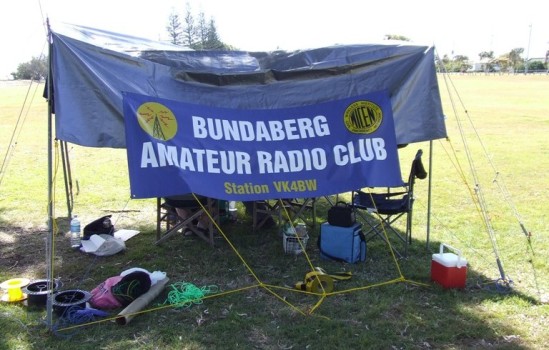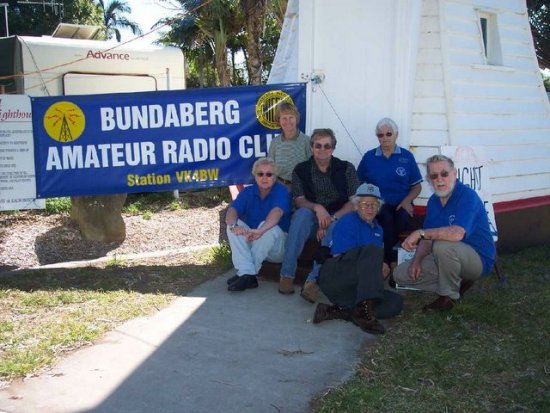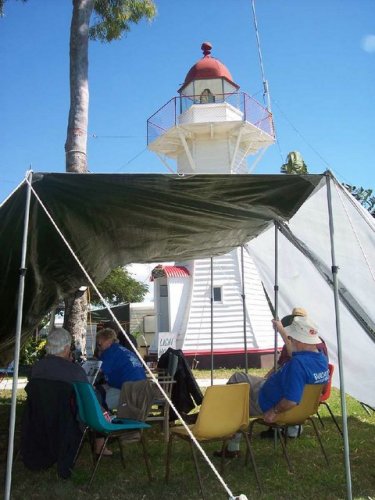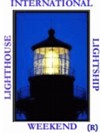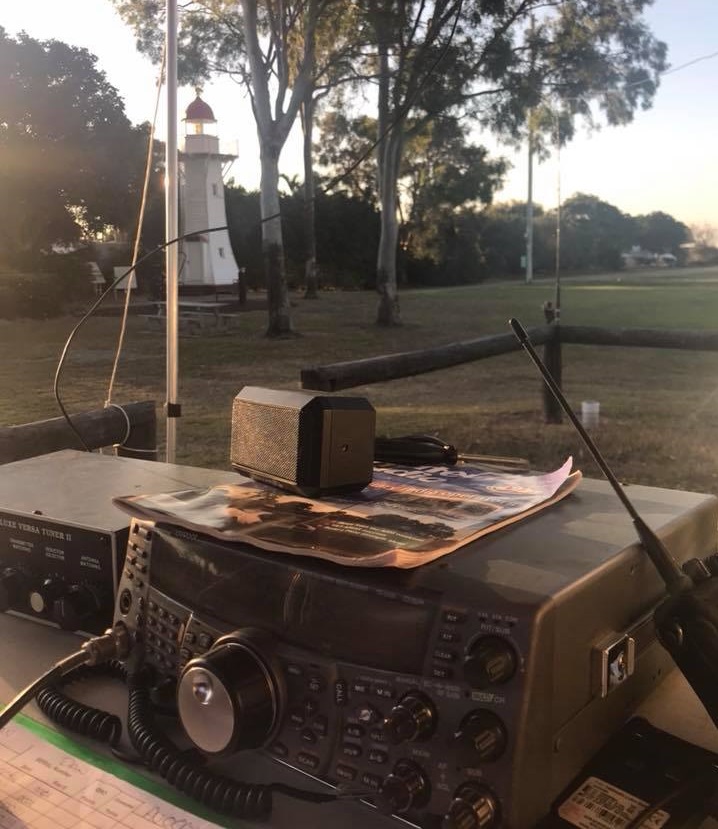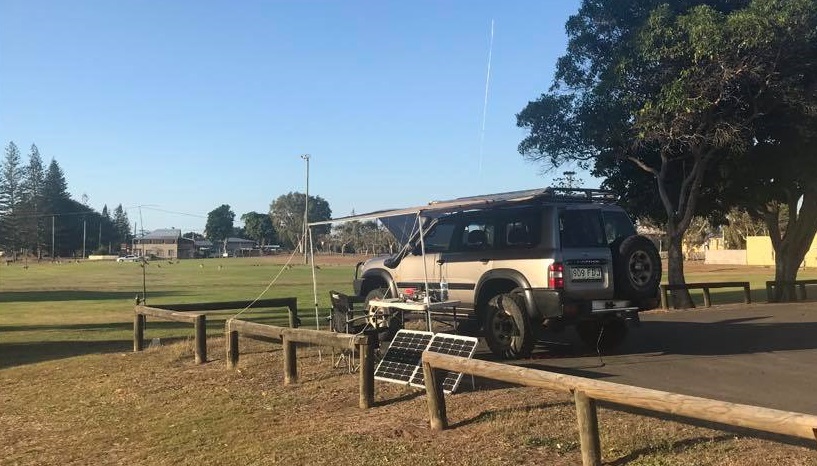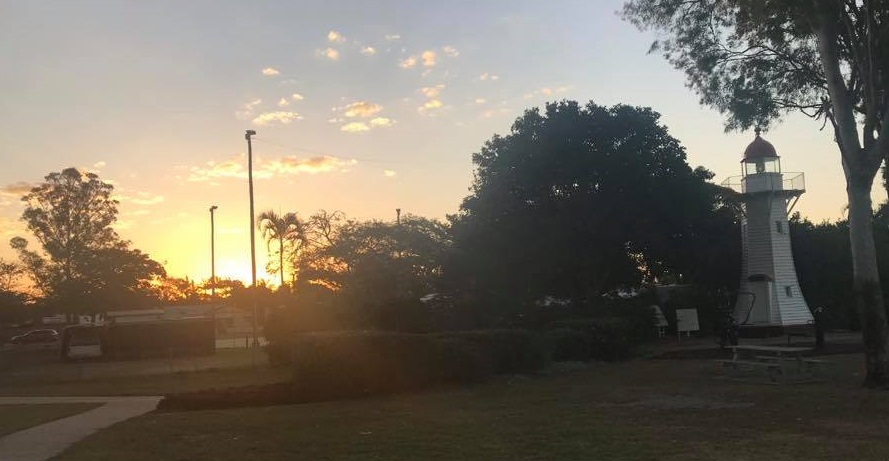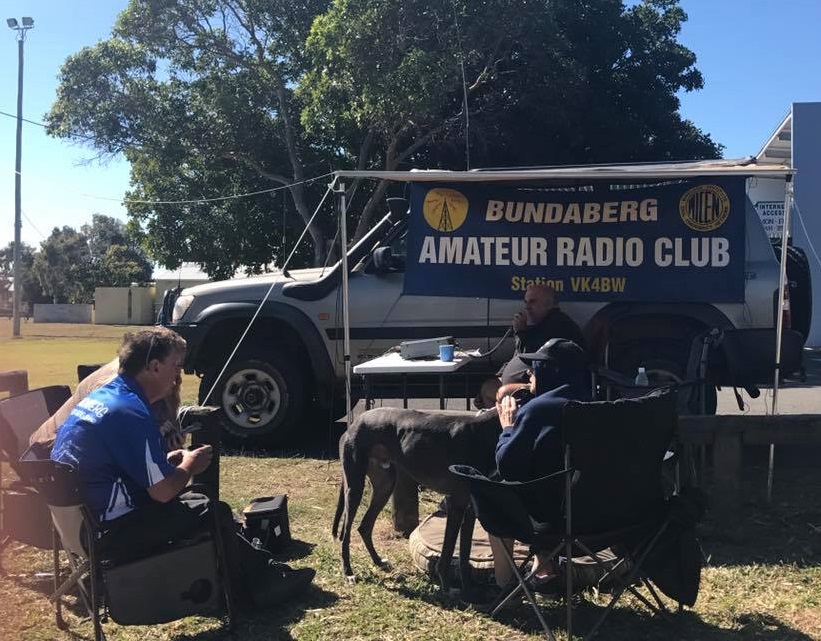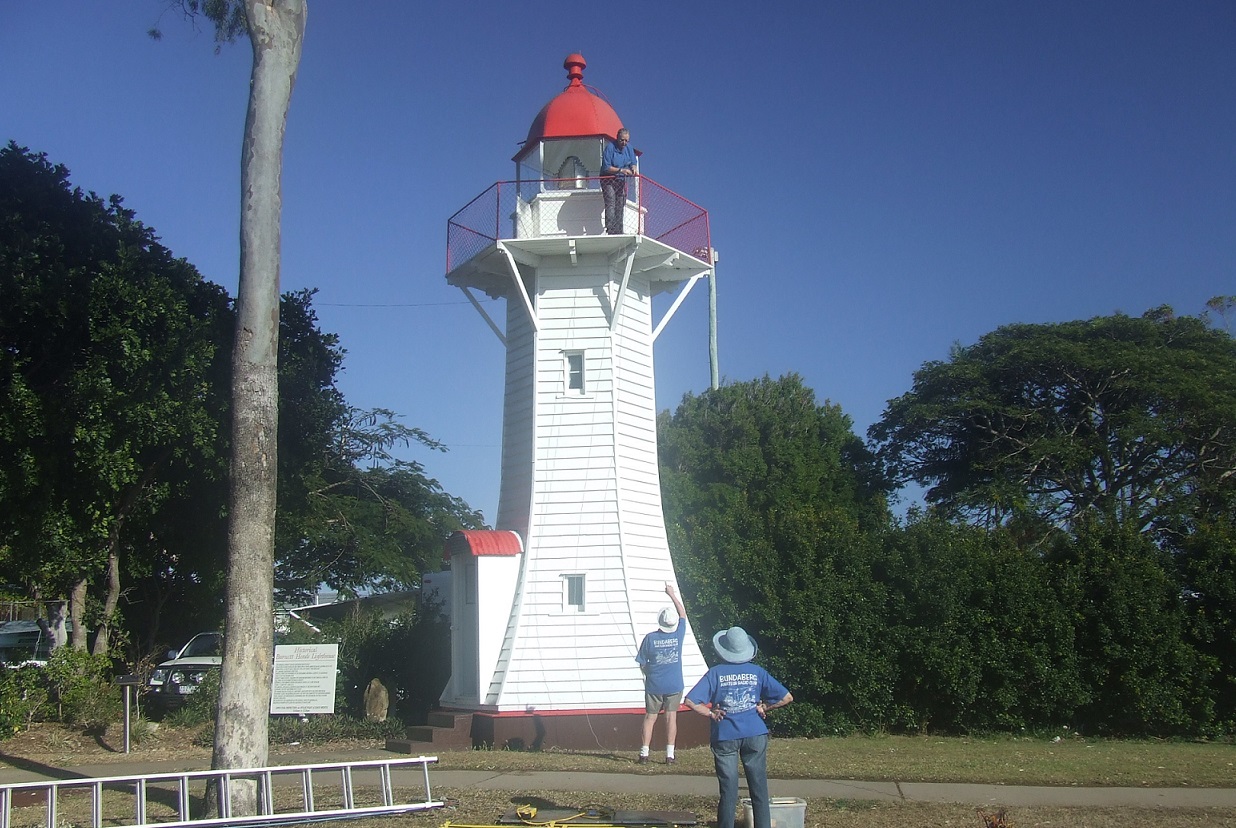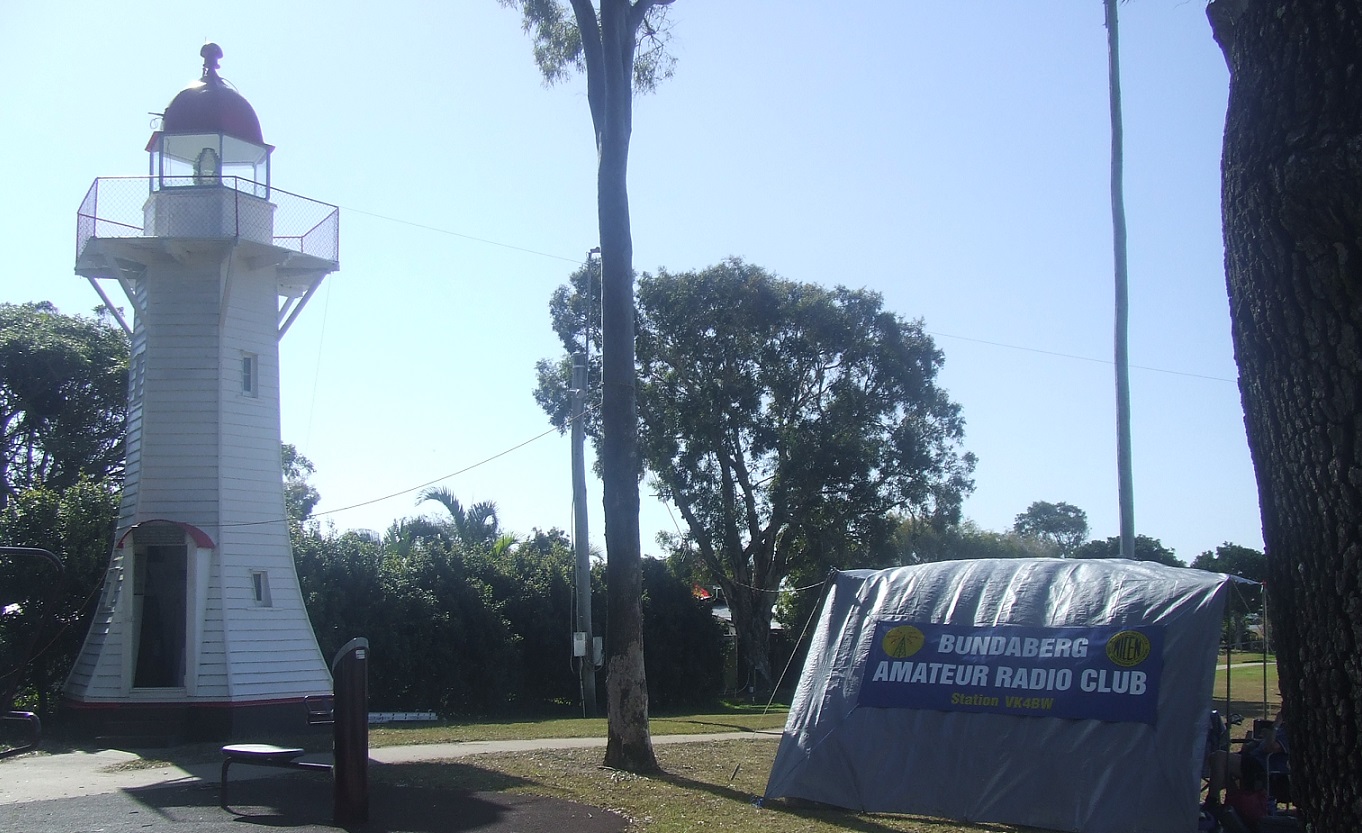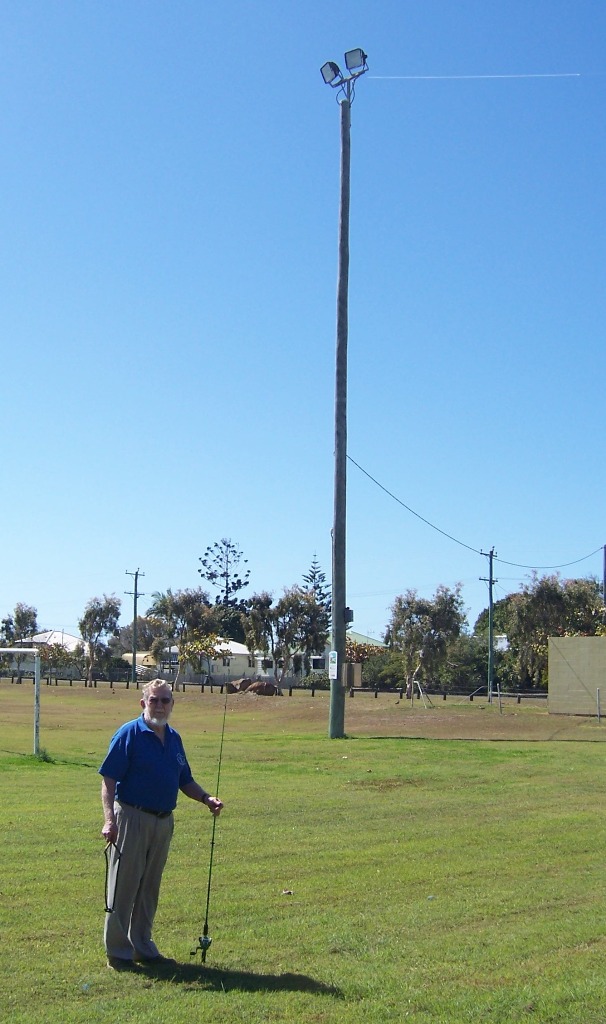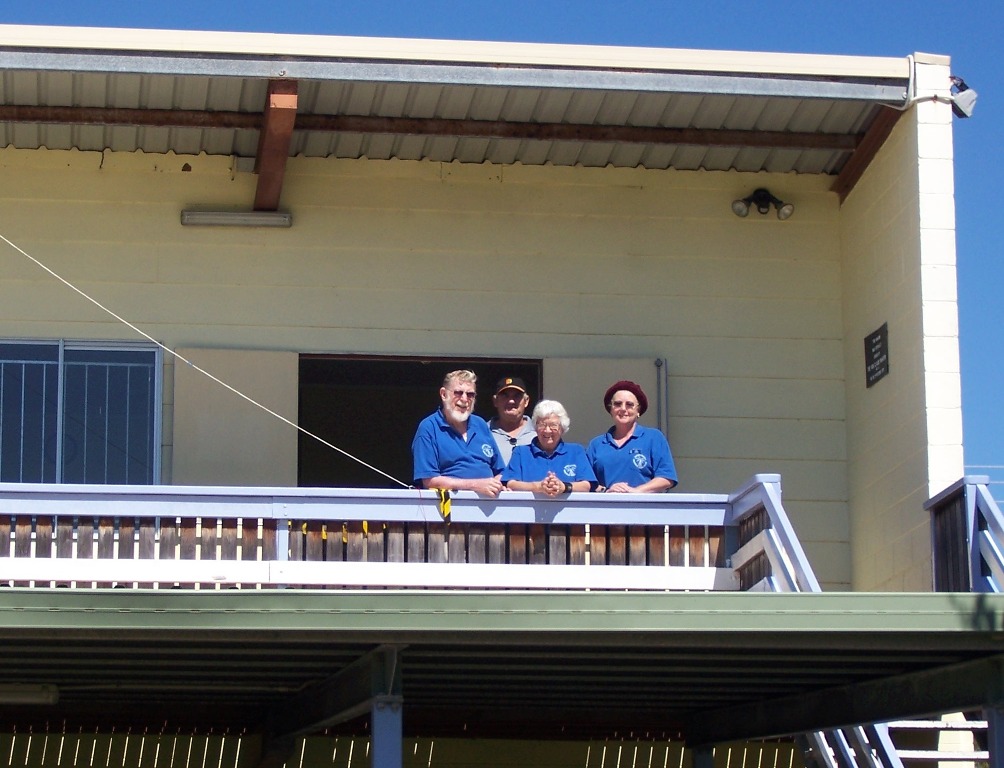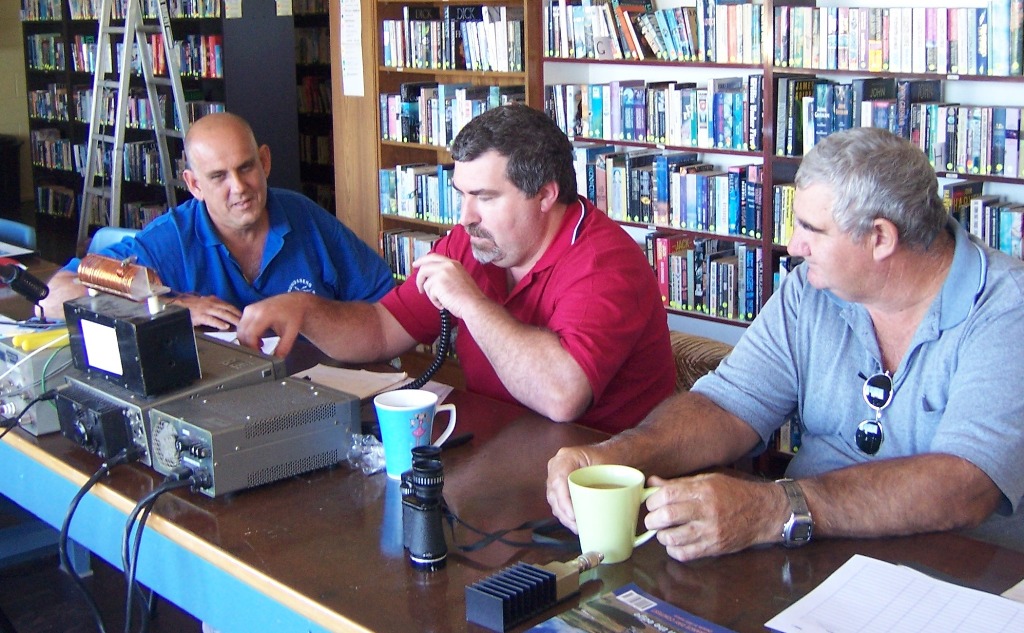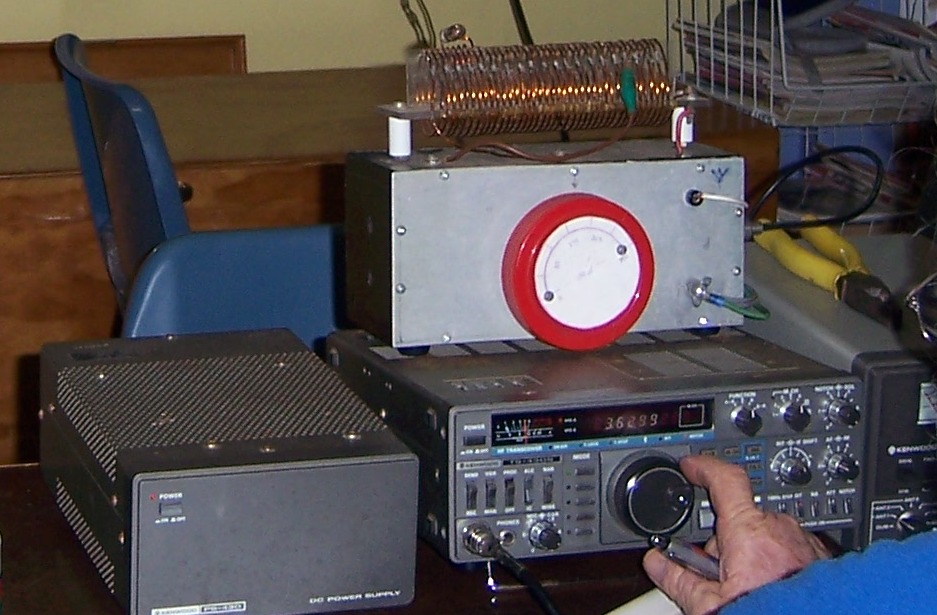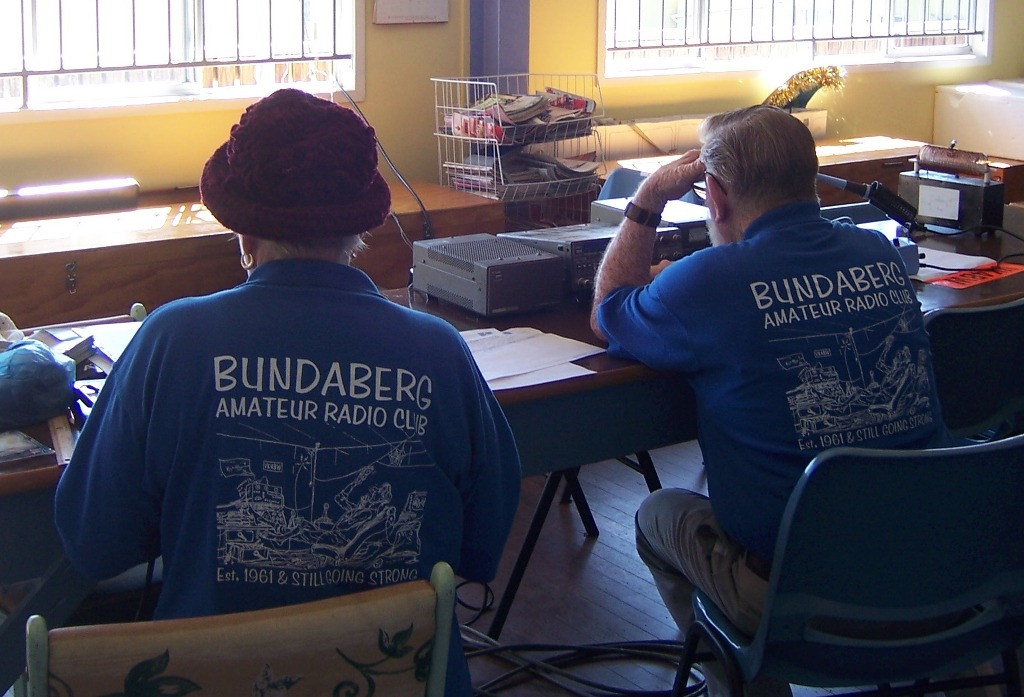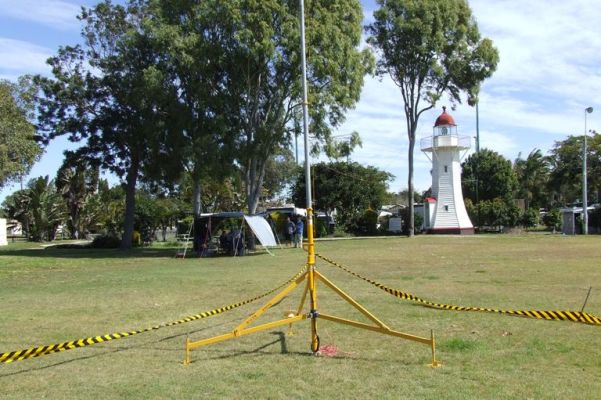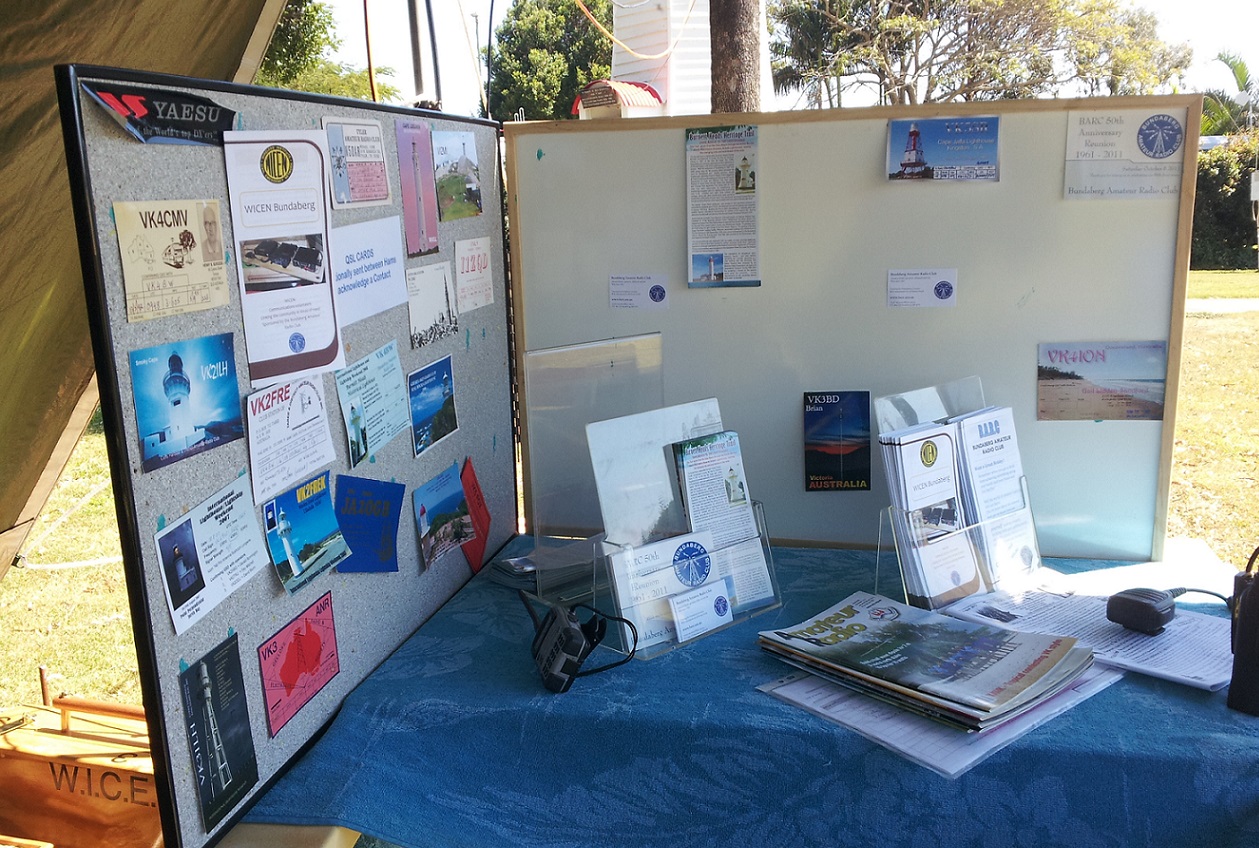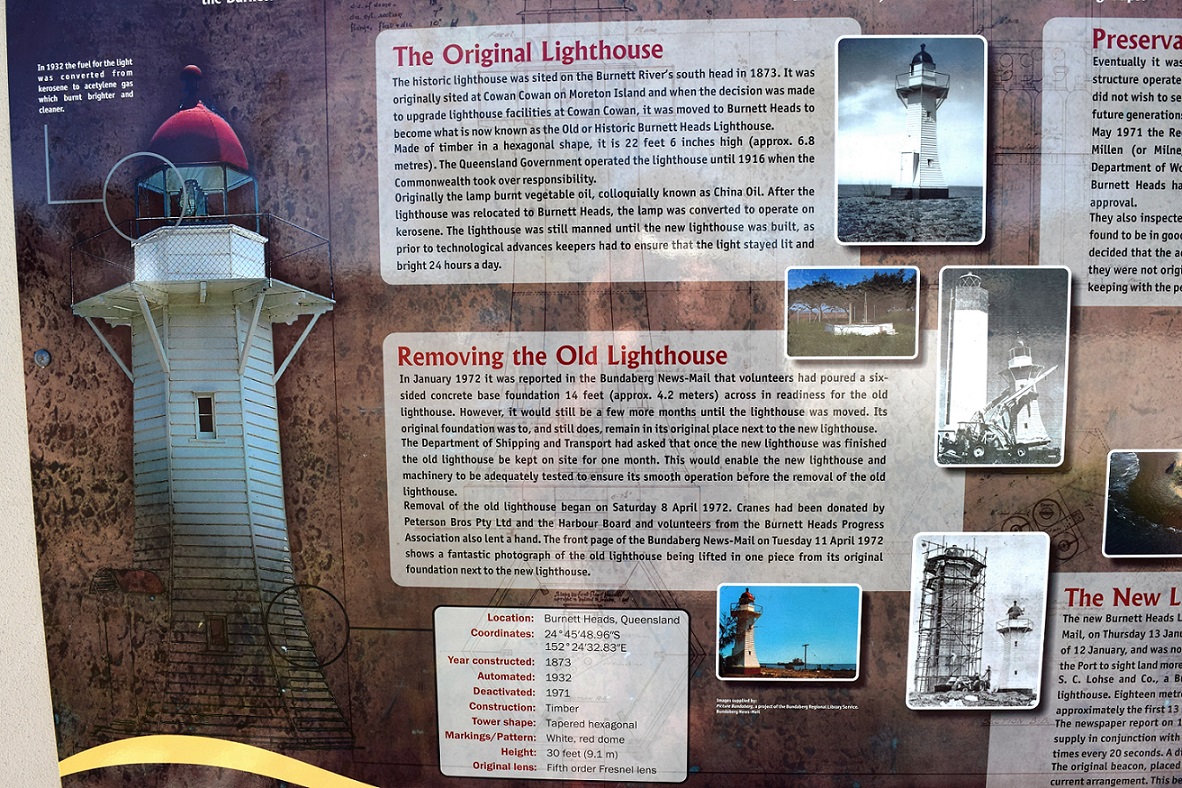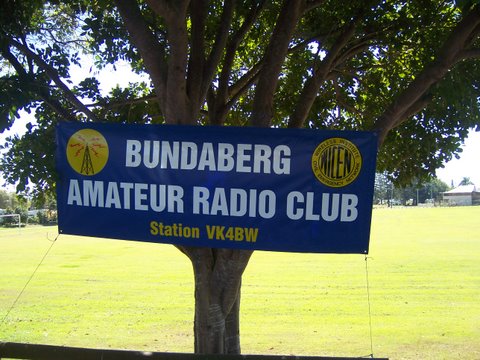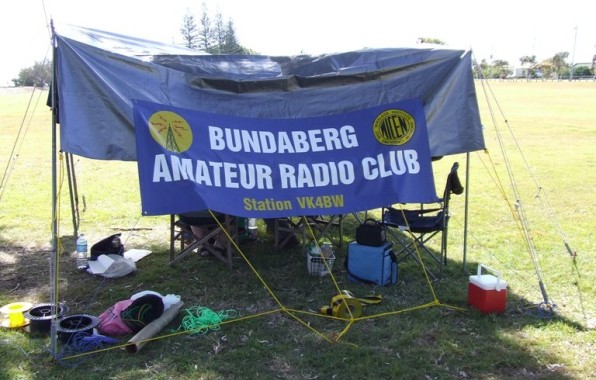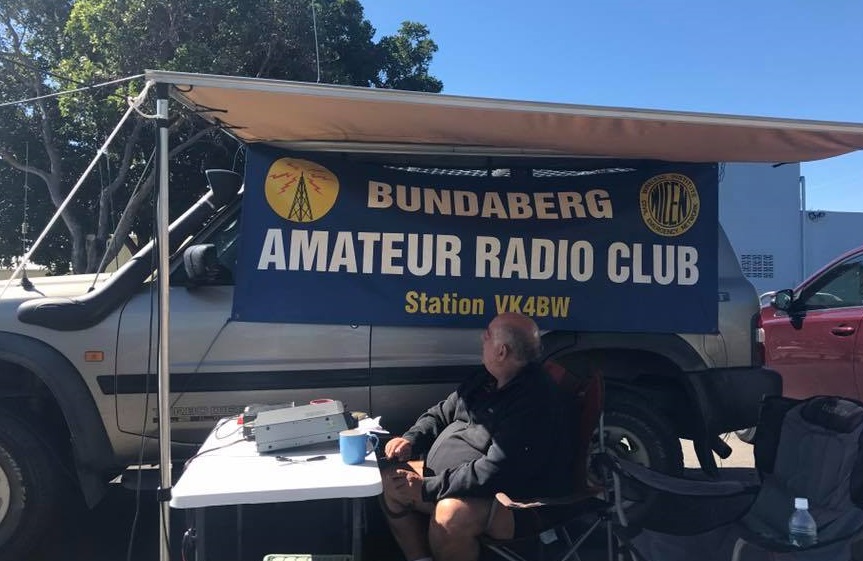History of the Event
It started with Mike Dalrymple GM4SUC (S.K.) and other members
of Ayr Amateur Radio Group from Scotland. They wanted to share
their enjoyment of Lighthouses and hit upon this goodwill
event as a way to preserve and develop them.
It's not really a contest but the Ayr group remains committed
to the organizing of the event on behalf of the world-wide
radio amateur community each year.
This is the official ILLW website.
The ILLW is always held on the 3rd full weekend in August starting at 0001 UTC (that's 10am Saturday morning Bundaberg time) and finishing at 2359 UTC on Sunday (that's Monday morning in case you're still with us).
The event does seem to touch people in a way that makes them want to remember the past and the intrepid men & women who built and manned the lighthouses.
There is now an International Lighthouse Day - on Sunday 16th
August. Organised by the
International Association of Lighthouse Keepers
the day is recognised by many Government's world-wide in an
effort to have lighthouses open to the public on the day.
Why do we do it?
We do it to promote public awareness of lighthouses and lightships and their need for preservation and restoration, to promote amateur radio, to foster international goodwill and along the way to have fun and enjoy the friendly rivalry with nearby Wide Bay Clubs.
There are no prizes or certificates and participation is free
and each station decides how they will operate, how long
they'll participate and what modes and frequencies they will
use.
There are some rules about 'what is a lighthouse' and how are
we attached to it. As many are still in operation the last
thing the authorities want is excited amateurs clambering over
their lighthouse, so the rules say you can be on, in, or
adjacent to the light! That means 'next to' or 'as close as
possible to'... but just being able to 'see' a lighthouse
doesn't qualify you to be a registered station.
Burnett Heads Progress Association, who preserve and maintain the historical timber light, give us permission each year to open the lighthouse and attach our antenna to the top. It's too small for us to be inside the lighthouse, so we set up a portable station under tarps as near as we can or use the community hall nearby.


